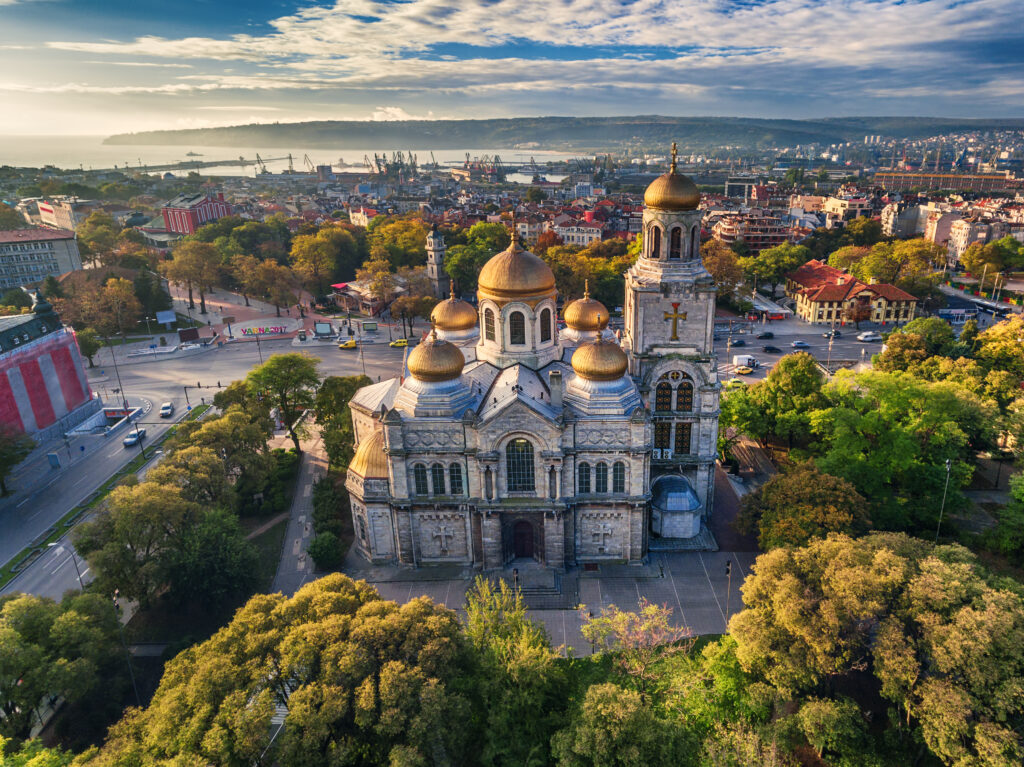
At the heart of Balkan Europe, Bulgaria is a natural crossroads between East and West. From this geographical position, it has inherited an exceptional heritage and an oriental Slavic culture. It's for this unique identity that Bulgaria is worth discovering, but also for its protected nature, which enchants hikers and idlers alike. Lakes, forests, mountains and seaside resorts such as Varna, on the shores of the Black Sea, are just some of the assets of this destination. What to do in Bulgaria To make sure you don't miss out on any of this country's beauties, we've selected the 13 essential steps for a successful stay.
And there's good news too! Bulgaria is one of Europe's 10 budget destinations.
1. Sofia, a charming capital
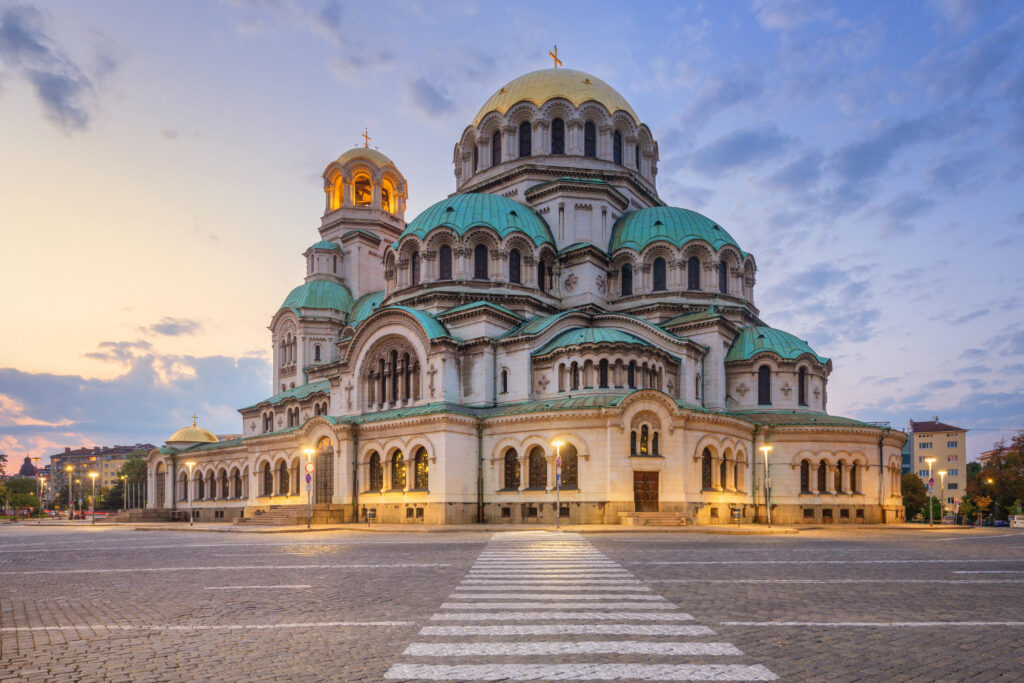
Between history and modernity, at the gateway to the Orient, Sofia abounds in cultural treasures that are easily discovered on foot, in its human-sized city center. One of Sofia's main monuments is St. Alexander Nevsky Cathedral, the largest Orthodox place of worship in the Balkans. Built between 1904 and 1912, its golden domes on the outside are just a glimpse of its rich neo-Byzantine interior. Sofia is also one of those cities where you can retire : in winter, you can go skiing in the Vitocha massif, and in summer, you can go boating on the artificial lake of Pancharevo!
2. Plovdiv, European Capital of Culture 2019
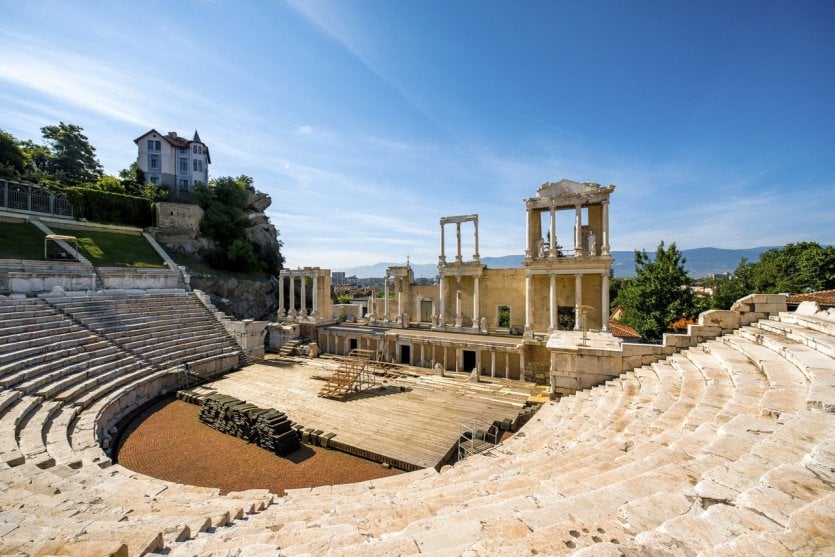
European Capital of Culture 2019, Plovdiv is pulling out all the stops to show visitors the beauties of its historic center. This city of a thousand faces boasts unique architecture, a blend of different influences and eras. From its impressive Roman amphitheatre, built in the 2nd century, to its charming, colorful alleyways, it's a charming and unmissable stopover in Bulgaria.
3. Rila Monastery, a jewel in the mountains
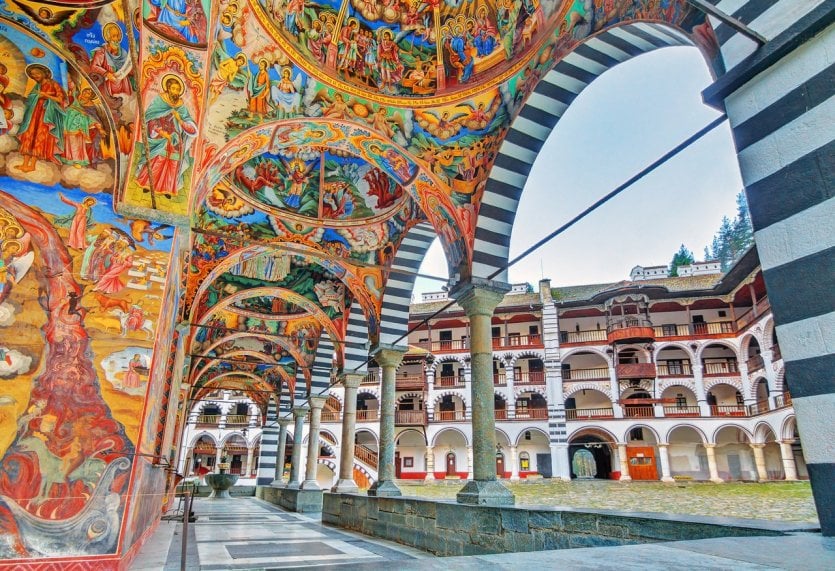
Lost in the mountains, the Rila monastery is a UNESCO World Heritage site. It was founded in the 10th century and rebuilt in the 19th century after a terrible fire. Today, the Hrelio tower is the oldest part of the building, dating back to the 14th century. A place of meditation, the Rila monastery has played host to many of the leading authors of Bulgarian literature, notably in its splendid library. Today, some ten monks still live in this historic site.
4. What to do in Bulgaria Hiking in the green Pirin National Park
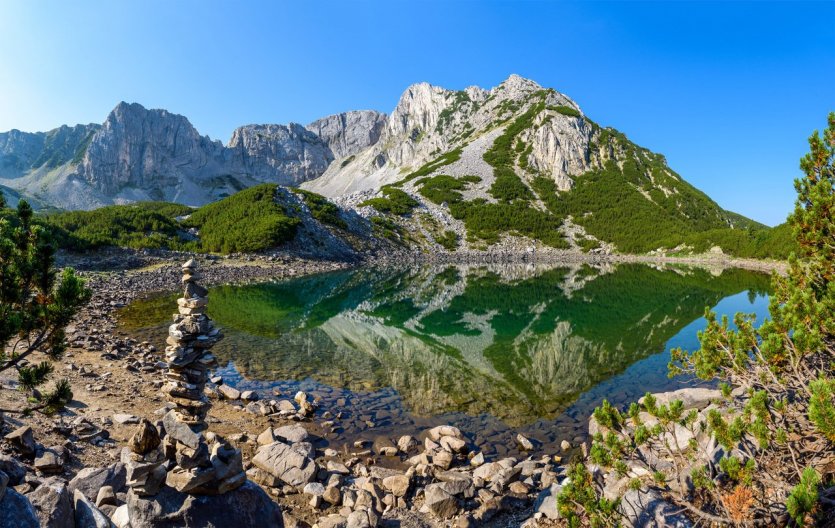
With a surface area of 4,000 ha, Pirin National Park is a delight for hikers, who will find a well-developed network of signposted trails criss-crossing its territory. Listed as a UNESCO World Heritage site, the park is home to rare flora and fauna. Over 50 endemic plant species can be found here, as well as brown bears, eagles and chamois. Pirin's rugged geography is also interesting: the Vihren peak is the park's highest point, rising to 2,914 m and offering excellent climbing possibilities.
5. Varna, pearl of the Black Sea
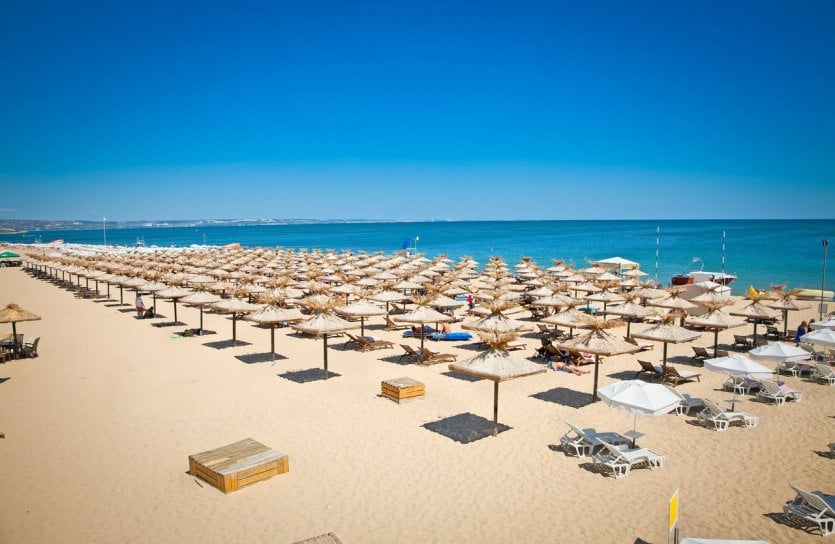
Varna is the largest city on the Bulgarian coast anda renowned seaside resort. Its charming architecture, neoclassical facades, seaside promenade and wine, made from a quality local grape variety, are just some of the reasons to visit on a trip to the Black Sea. The dynamic city of Varna has won over so many travelers that it sometimes overshadows the capital Sofia.
6. What to do in Bulgaria Visit Veliko Tarnovo, city-museum
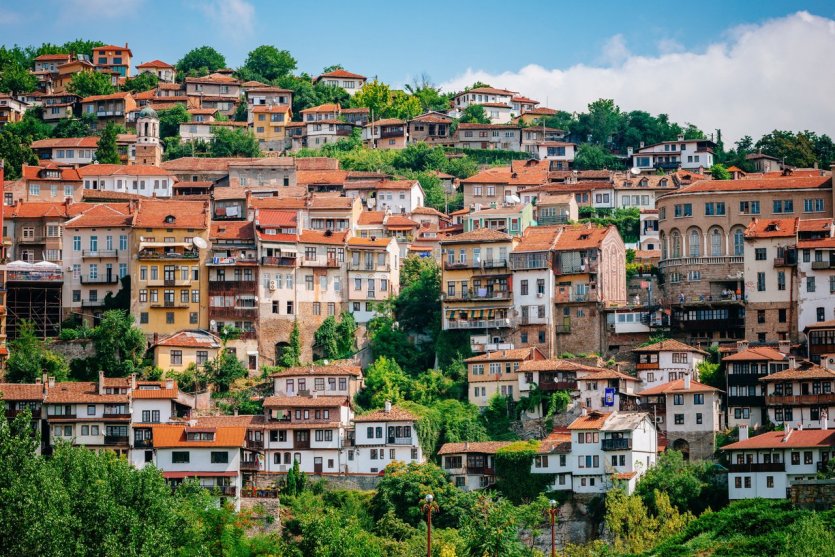
In northern Bulgaria, Veliko Tarnovo is the former capital of the second Bulgarian kingdom. Culturally very dynamic, Veliko Tarnovo boasts a total of 28 museums: a record number for a town of 143,000 inhabitants! The town is built on terraces, separated by the meandering Yantra River. The hanging houses and winding lanes of its historic center give it a real charm, and the surrounding countryside is ideal for a bucolic stroll.
7. Nessebar, Byzantine city
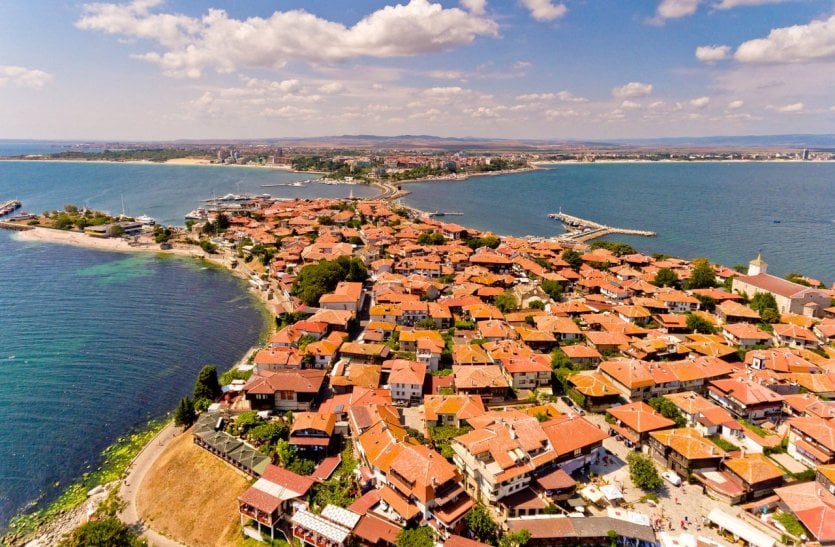
Just a few kilometers from the Côte du Soleil, on a peninsula in the Black Sea, Nessebar is one of Europe's oldest cities. It's an ideal stop-off point for those interested in Byzantine architecture, since it's here that Bulgaria's finest examples can be found. Although the city has lost some of its authenticity with the development of tourism, its heritage remains very interesting: it is said to be the city with the highest number of churches per inhabitant!
8. Koprivshtitsa, a picturesque village
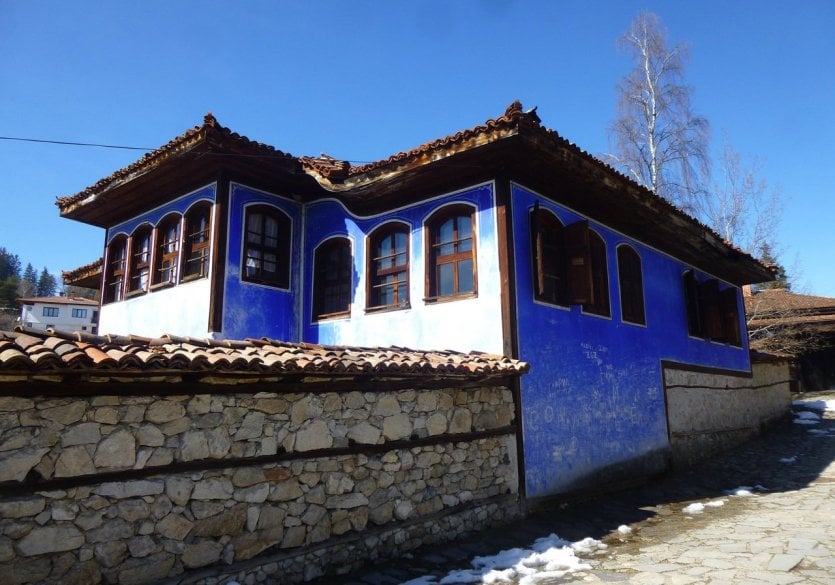
Located 110 km from Sofia, in the Sredna Gora mountains, Koprivshtitsa is a pleasant village to visit during a stay in the Bulgarian capital. It boasts fine examples of 19th-century architecture, and its colorful facades give it a unique liveliness. It was here that the April Uprising against the Turks began in 1876, in the houses of Oslekov, Kableshkov, Georgi Benkovski and the writer Lyuben Karavelov, which can still be visited today.
9. Madara, the story of a horseman
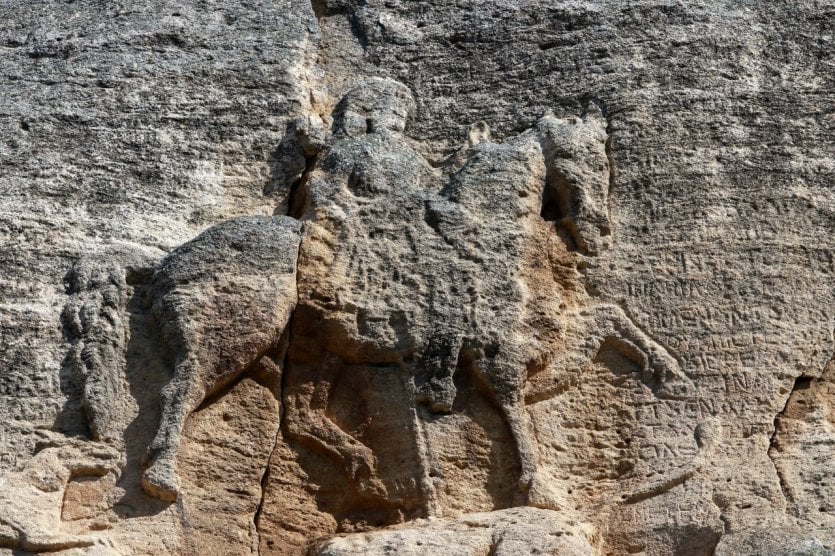
In the north-east of the country, Madara was the first sacred site of the First Bulgarian Empire. From its past, the town has preserved a famous horseman listed as a UNESCO World Heritage site. Engraved in limestone around 710 B.C., the Madara Horseman is shrouded in an aura of mystery that makes it fascinating. Standing 23 m high on a cliffside, it guards the entrance to the town. It shows a rider thrusting a spear into a lion at the foot of his horse. A must-see!
10. Pobiti Kamani, the petrified forest
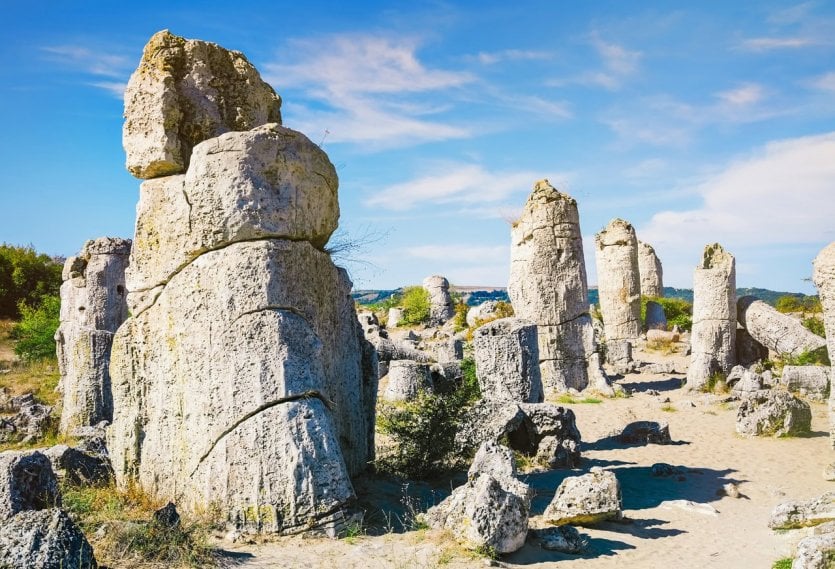
Located on National Route 2, the Petrified Forest dates back 50 million years and is certainly Bulgaria's most mysterious site. Here, you won't find trees, but strangely shaped fossilized stones up to 10 m high! The origin of this forest is still uncertain: some see it as a mineral phenomenon, others as traces of a human civilization that has now disappeared.
11. What to do in Bulgaria Recharge your batteries in Sinemorets
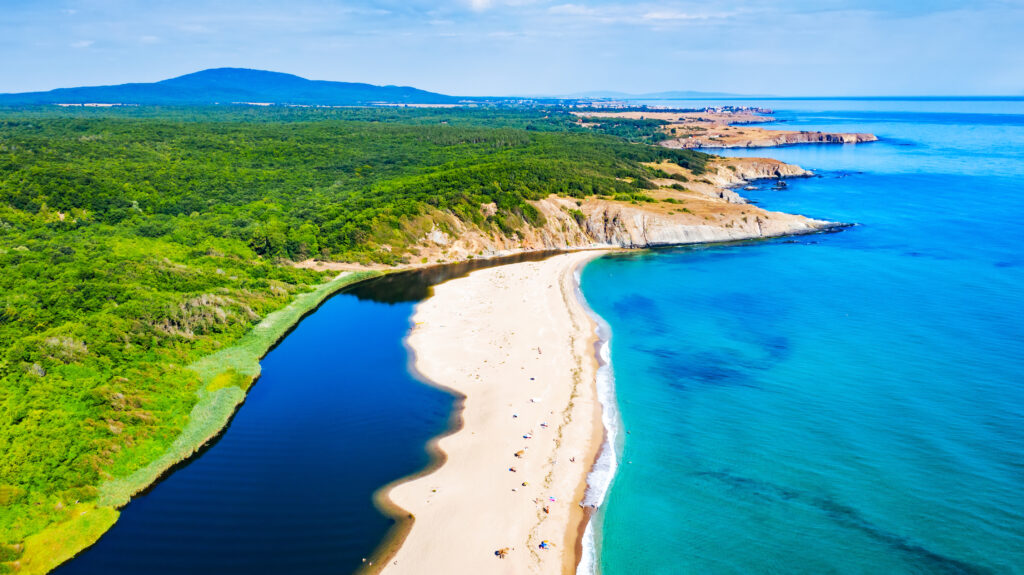
Sinemorets is a small village located 6 km south of Ahtopol, on a peninsula just south of the Veleka estuary. Here, forests line the beach, the peace is absolute and the sun is omnipresent. Not to mention the beauty of the Veleka estuary! Buses run between Ahtopol and Tsarevo. By car, you can follow the unique coastal road. Further south, you reach Rezovo, the last village on the coast before Turkey.
12. Skiing in Bulgarian resorts
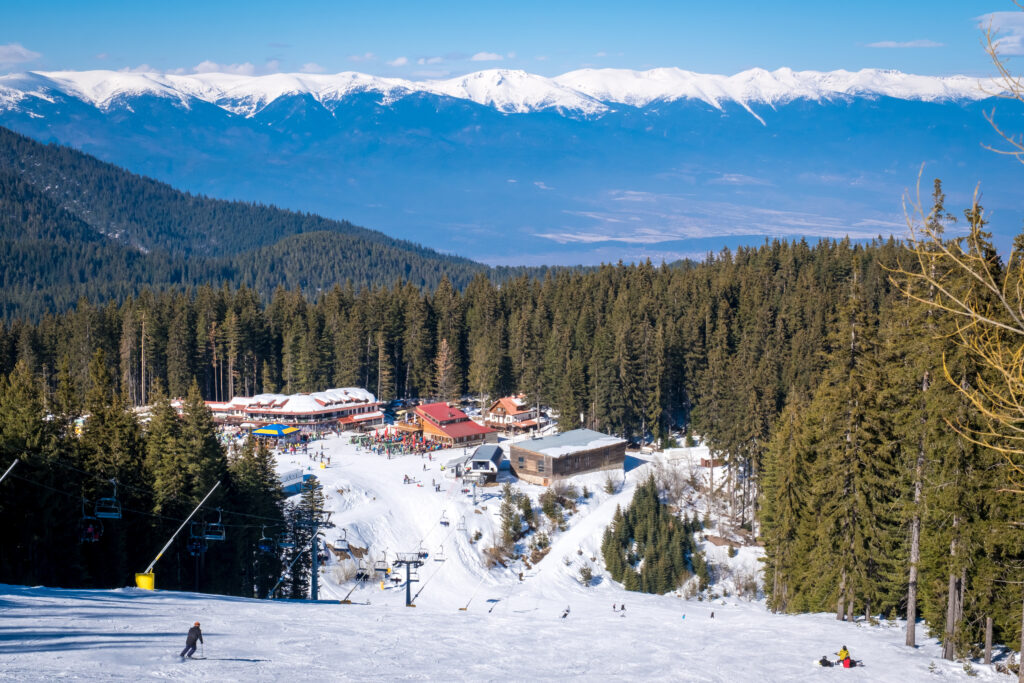
In Bulgaria, you can ski at low cost on slopes suitable for all levels. Bansko, at the foot of Mount Pirin, is renowned for its varied slopes, suitable for all levels of ability, while Borovets, near Sofia, offers easy access from the capital and lively après-ski activities. Pamporovo, in the heart of the Rhodope Mountains, charms skiers with its warm ambience and slopes shrouded in snowy pine forests. You can also go snowboarding, snowshoeing or just relax in the wellness centers.
13. What to do in Bulgaria Discover local Bulgarian gastronomy

One of the undisputed stars is banitsa, a puff pastry generously filled with cheese, eggs and sometimes meat, creating a unique taste experience, often enjoyed at breakfast. Kebapche, spicy grilled sausages, are another culinary nugget, often accompanied by potatoes or vegetables. The famous shopska salata, a colorful salad of tomatoes, cucumbers, peppers, onions and feta, is irresistibly fresh. The unmissable kyufte, spicy meatballs, are often grilled and served with a variety of accompaniments, such as rakia, a traditional alcoholic drink, and sirene, a cottage cheese that adds an exquisite touch to many dishes
What to visit in Bulgaria in a week?
Whether you're a young party-goer, a hiker or a heritage enthusiast, Bulgaria has something for everyone, at a reasonable price. A week in Bulgaria offers the opportunity to visit one of the most beautiful countries in Eastern Europe. You'll discover a variety of historical, cultural and natural sites. Here's a suggested itinerary for a week's travel in Bulgaria:
Day 1-2: Sofia Begin your journey in Sofia, the Bulgarian capital. Explore the city's magnificent architecture, including St. Alexander Nevsky Cathedral, St. Nicholas Church and the National Palace of Culture. Visit the National History Museum and stroll through Borisova Gradina Park. Discover Sofia's lively nightlife.
Day 3-4: Plovdiv Take the train or bus to Plovdiv, Bulgaria's second-largest city. Explore Plovdiv's Old Town, a UNESCO World Heritage Site, with its cobbled streets, colorful houses and well-preserved Roman theater. Don't miss the Nebet Tepe hill for a panoramic view of the city.
Day 5-6: Veliko Tarnovo and Arbanasi Travel to Veliko Tarnovo, Bulgaria's ancient medieval capital. Visit the Tsarevets fortress, which offers a breathtaking view of the city. Also explore the village of Arbanasi, famous for its stone houses and richly decorated churches.
Day 7: Rila Monastery and return to Sofia End your week with a visit to the Rila Monastery, a UNESCO World Heritage Site. Admire the impressive architecture and religious frescoes. Then return to Sofia for a final evening before your departure.
This itinerary offers a balance between exploring the main cities, discovering cultural heritage and contemplating Bulgarian nature. Of course, Bulgaria has much more to offer, and depending on your specific interests, you could tailor your itinerary to include other destinations such as Bansko for skiing, the Black Sea for beaches, or the Rhodope Mountains for a more natural experience.
What to do in Bulgaria in August
In August, Bulgaria offers a variety of activities and places to explore, whether to enjoy nature, cultural festivals or the beaches of the Black Sea. Here are a few suggestions for things to do in Bulgaria in August:
- Enjoy the Black Sea beaches: Head for popular resorts like Sunny Beach, Golden Sands or Albena. You can relax in the sun, take part in water sports and explore the lively nightlife.
- Rose Festival in Kazanlak: If your trip coincides with the annual Rose Festival (usually in June, but dates may vary), don't miss the opportunity to take part in this colorful celebration of Bulgarian rose culture.
- Mountain hiking: Explore Bulgaria's mountains, such as the Rhodopes, Pirin or Balkan. August is an excellent time for hiking, with pleasant temperatures and lush nature.
- Visit Sofia: Explore the Bulgarian capital, Sofia, with its many museums, art galleries, churches and parks. Don't forget to sample the local cuisine in traditional restaurants.
- Koprivshtitsa Folklore Festival: Held every five years, this festival offers a unique opportunity to discover the richness of Bulgarian folklore, with traditional dances, songs and costumes.
Planning a trip to Bulgaria in September? It's a good idea, as it's one of the destinations selected in our article "Where to go in September? The best sun destinations"!


